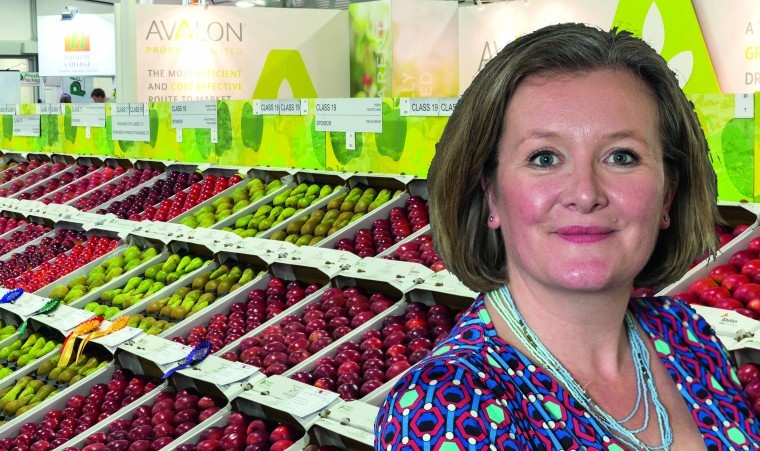“We do lead, we do need to be brave about it and shout about what we have to offer the world,” Jo Churchill, Minister for Agri-Innovation and Climate Adaptation, told the Innovate UK Joint Centres Conference in April.
She went on to state that “domestic production matters”, that we need food resilience and that ‘we’ will always support our farmers and innovators. We need to shout about what we do; we need to inspire young people to join agri-tech; we need to be looking forward to improving the welfare of animals, the environment and the welfare of the British population, which should have access to the highest quality, sustainably produced diet.
The conference continued with pledges about how the research base will be leveraged to help the industry ensure agri-tech centres become easier to deal with, creating a shop front from which anyone can access support in developing technology and delivering a public service.
They were incredibly positive words from the minister as she joined with Indro Mukerjee, Head of Innovate UK, in pledging to support the future of agri-tech development in the UK for the benefit of global farming. We need to be more rock n’roll, she repeated. We need to attract skills and the talented, ambitious people needed for the sector.
So, what did we see in action that is heading the way of the fruit sector? First up was Fotenix, showcasing disease detection using LiDAR cameras. LiDAR is a method for determining ranges by targeting an object or a surface with laser and measuring the time for the reflected light to return to the receiver. It can also be used to make digital 3D representations of areas on the earth’s surface and ocean bottom by varying the wavelength of light, and is now being assessed as an early disease detection tool. Just imagine a time when the drone flies over to count the fruit while it is also scanning for disease outbreaks not yet visible to the human eye!
Then Antobot; already active in strawberry tunnels, Antobot is not a mile away from the agility and delicate touch required for picking top fruit. The Small Robot Company also gets an honourable mention; though it currently has arable applications, it too has enormous potential in an orchard situation where the balance of species under the tree needs managing – weed control by an autonomous robot drone which can choose which plants/invasive weeds need to go.
These are all designed to reduce the reliance on expensive people who could be earning more money for the business doing something elsewhere. In the instance of Fotenix, it has real potential to revolutionise aspects of the agronomist’s job.
Next must come the policies to support this, and we are still waiting. Recommendation 11 of Henry Dimbleby’s National Food Strategy report (page 252) is that £1 billion be invested in innovation to create a better food system.
Adding to the £280m ring fenced by DEFRA in the Agricultural Transition Plan, the funding focusses on farmer-led innovation, recognising that the driving force behind regenerative agriculture has usually been the people on the ground, trying out new ideas. That investment needs to be in technology as well as in agroecological methods that have been starved of investment until now.




